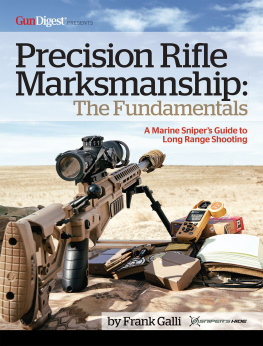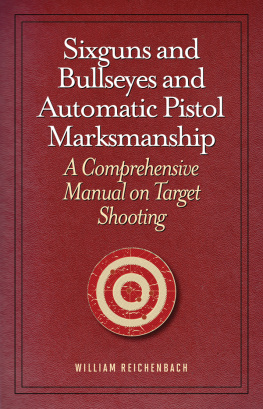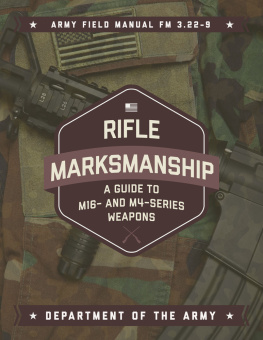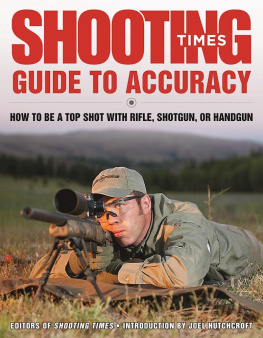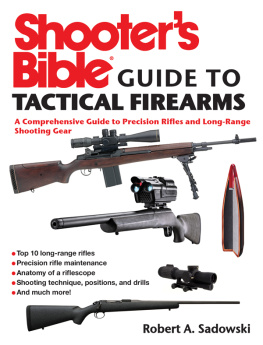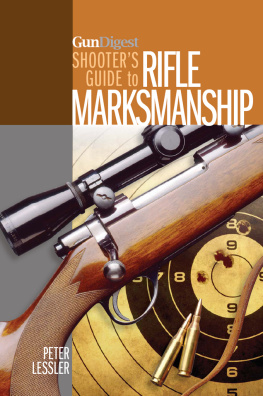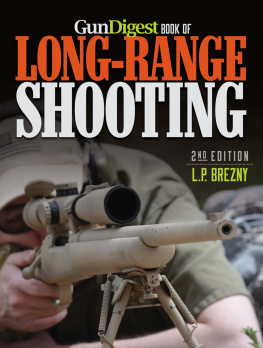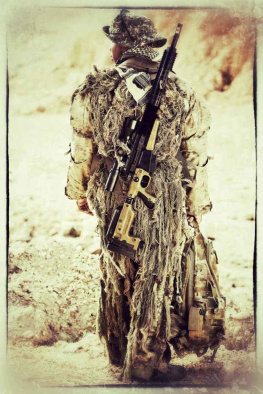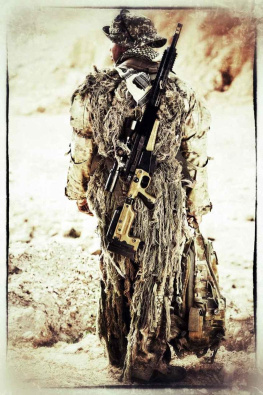Contents
Guide
Precision Rifle
Marksmanship:
The Fundamentals
A Marine Snipers Guide to Long Range Shooting
by Frank Galli
Table of Contents
Introduction
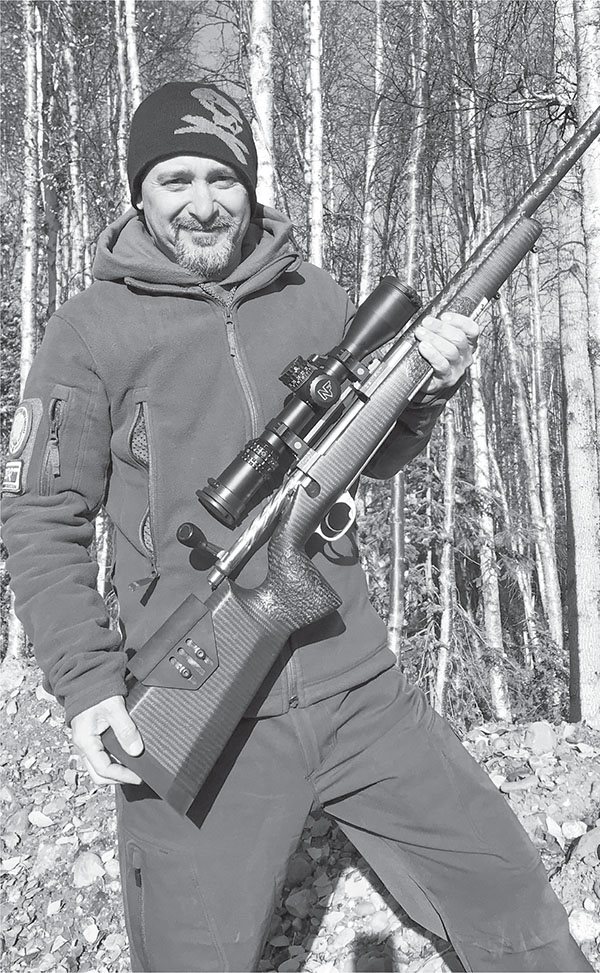
Author Frank Galli in the wilds of Alaska leading a training session. He strives to experience as much variety as possible. Traveling to teach classes gives him a broader understanding of the various effects he sees when shooting a precision rifle.
Welcome to Precision Rifle Marksmanship: The Fundamentals. Its been a long time coming, putting a collection of my thoughts and previous work into a single book. Over the years, the topic of precision rifle shooting, accuracy and ballistics has changed. I like to say from the turn of the 20th century until just before the terrorist attacks on the World Trade Center in New York on 9/11, these topics moved at a snails pace. For the most part, we just repeated what we were told previously and accepted it as gospel. If we read it or even heard about it, we took it on faith to be correct. It added an air of voodoo to the discussion as if there were secrets ready to be unfolded if you could only crack the code.
Let me start by reporting there is no voodoo. Since 9/11, the precision shooting world has changed how we engaged targets weekly, if not daily. As more money was invested, people started to test the theories previously put forth. At the same time, many respected and accurate methods for successfully engaging a target at a distance have been swept aside or forgotten because of technology. My goal is to mix the two in a way that creates a better marksman, instead of having competent system integrators. By system integrators, I mean shooters who put all their faith in technology or a single method of operation. They are not adaptable, but force you to use a particular product to demonstrate success. Believe me when I say, these are just different tools in the toolbox, and we have more than one method to solve our shooting problems.
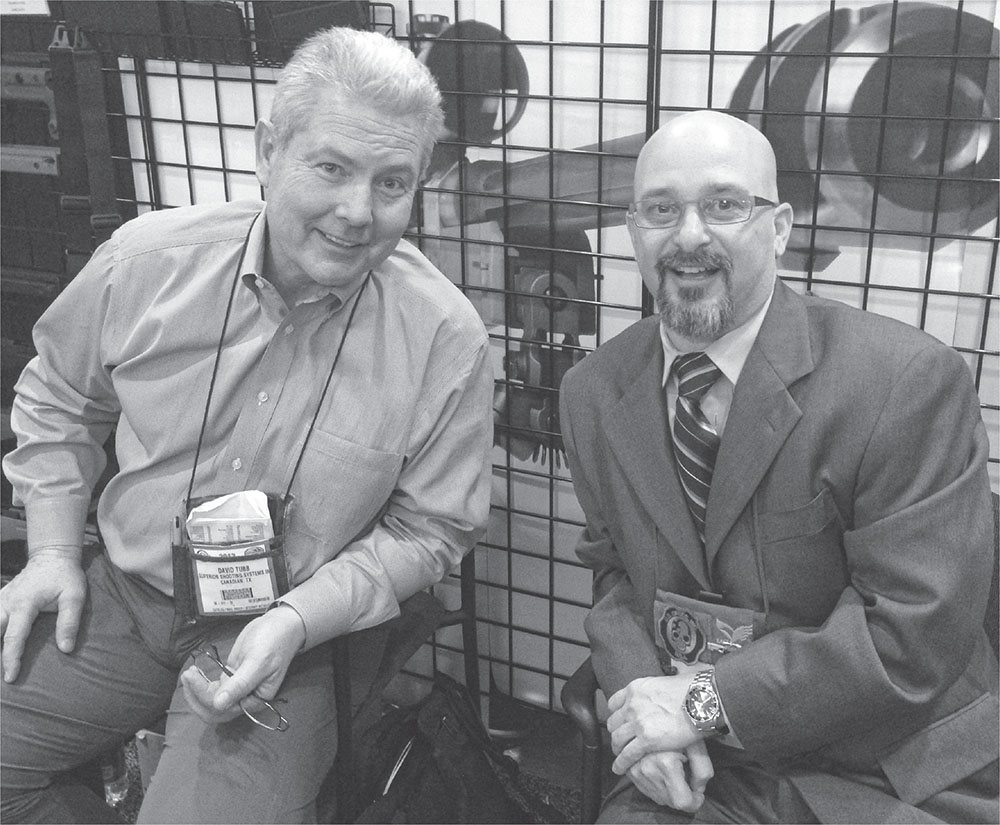
The author, right, sitting with David Tubb, 11-time NRA World Champion in precision rifle, at the SHOT Show in Las Vegas, Nevada. He thinks Tubb is easily 10 years ahead of the curve when discussing shooting and bullet theory.
Different people have different needs. If I focused this discussion on strictly using my methodology, it would not work for a large portion of shooters out there. I am unique, just like you are, so we all have to fine-tune our techniques to fit our particular styles. That isnt to say we dont have universal truths that go beyond the individual. The fundamentals of marksmanship translate across all disciplines. They are not focused on a specific style of shooting. Yes, we can attempt to write the shooter out of the equation, but is that really why we are here?
Its about best practices and relaying ones experience so you can decide for yourself the perfect path forward. Rather than shrink your wallet or pull a few zeroes from your bank account, I want to arm readers with enough knowledge bombs to clear their paths through the jungle. This is a journey, one that never ends. I started this journey with an air rifle in the backyards of rural Connecticut, continued to the Marine Corps deploying as a Scout Sniper, and it continues today through the Snipers Hide website and my work as an instructor. Its about passing on your experience to save the next guy the time and effort. But it still takes personal responsibility to get out there and put into practice the topics covered.
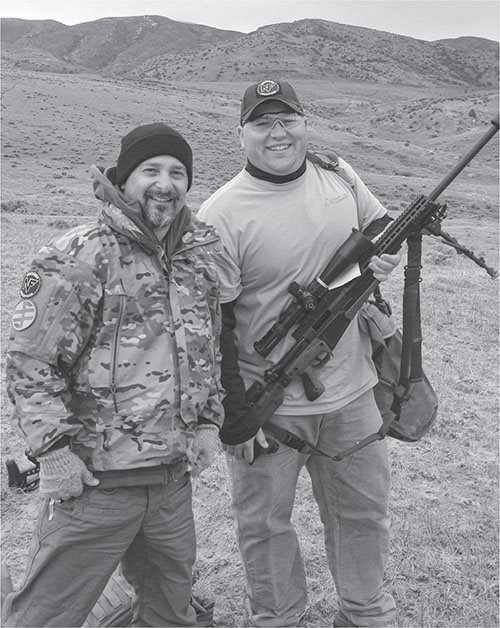
The author, left, at a Snipers Hide Cup competition with Adam R., from Mile High Shooting. The relationships made during shooting events, be it training or competition, can last a lifetime.
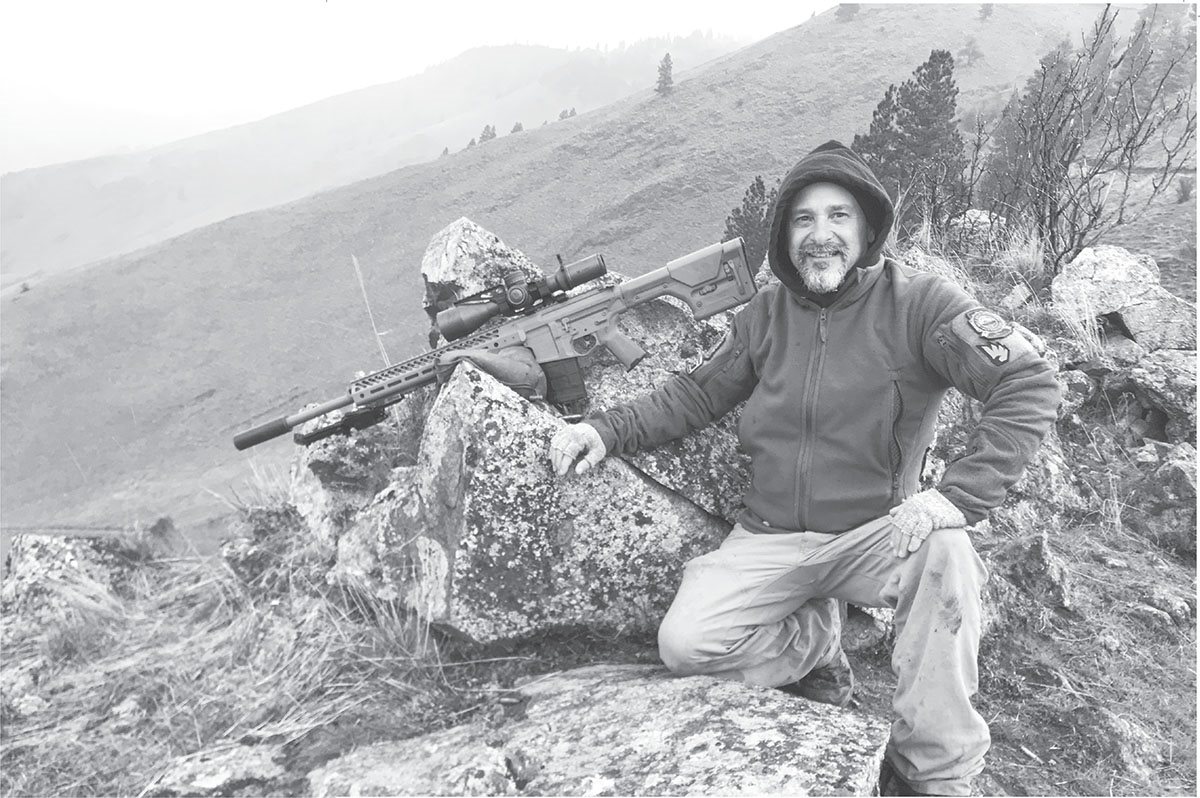
Push yourself to the limits. The author is shown here shooting a Seekins Precision SP10M in Hells Canyon, Idaho, in less than ideal weather conditions. Rain, sleet or snow, get out and shoot. The more experience you have, the better.
Its not enough to read a book or watch a video on the Internet. Nothing beats actual shots downrange or being under the guidance of a competent instructor. Successful employment of a precision rifle is a thinking mans game. We call it Weaponized Math: using a series of complicated math formulas to align the sights downrange so you can hit the target.
My goal with Precision Rifle Marksmanship: The Fundamentals is to give you the tools necessary to purchase a precision rifle system, and, without a lot of drama, set it up correctly, dope it to distance and use it successfully in the field. It doesnt sound like a lot, but youd be surprised how many shooters struggle with this. We get vapor lock, information overload, with just enough people telling us how hard it is instead of giving us the right tools upfront.
I wanted to go in a different direction. Some people wanted to hear my personal story. How did I get here? Others wish to see the technical data without having to wade through the voodoo being sold every day on the Internet. Over the years, especially with SnipersHide.com and conversations that take place there every day, we can boil down the B.S. to refine the methodologies into a tasty dish. Its not about grabbing a case of ammo, but instead having a plan of attack. Having a straight path from beginning to end without being faced with a questionable fork in the road every 100 yards. I am answering the questions upfront.
I call it W.T.F.
Wind, Target, Fundamentals of marksmanship. We look at these three headlines, and only these three first, the rest you can consider decoration for the cake. The wind is the most significant equalizing factor; we have to manage the wind. Why do I put it first? Its something we consider even if we are not shooting a target. When I am driving out to the range, I am looking at the wind. We have wind flags on the highways where I live. So, wind should be our number one consideration.
Target, or what are we shooting at? Until we have a target, we dont need to worry about the other factors; however, once a target appears, we need to know the range to that target. The range tells us what DOPE, or data, we need to input into our sights to get the hit. This is where understanding ballistics comes into play. Without getting too deep, of course, because that alone is a rabbit hole.
Lastly and importantly, the Fundamentals of marksmanship. We used to say at the Rifles Only range when I was instructing there: There is not a single shooting solution that cannot be solved with the proper application of the fundamentals of marksmanship. It goes back in time to the beginning of rifle shooting. It is knowing how to apply the correct fundamentals as well as where to compromise, trading off and indexing to maximize the outcome in your favor.
In this case, the fundamentals become automatic. We want them to be in our subconscious, so we dont have to think about them unless one is being compromised. How do we make them subconscious? Through repetition. In sports science, some say it takes 3,000 repetitions to build a positive neural pathway, and 10,000 repetitions to fix a bad habit. That is a lot of effort put into a hobby. This is the mindset. Its not just a case of practice that makes perfect, but perfect practice makes perfect.

